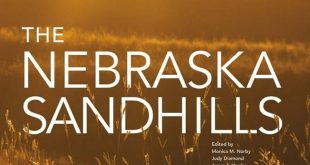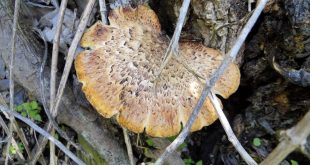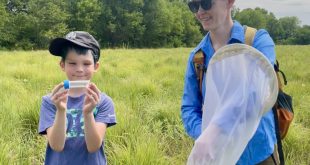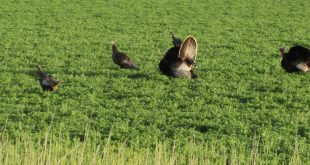November is hunting season in Nebraska and as I write this there are no shortages of choices or opportunity for the hunter. Ironically, one option that often gets overlooked around Thanksgiving is the elusive wild turkey. With strong turkey populations, a long season and two-turkeys allowed per permit Nebraska may be the best place to chase fall turkeys, too.
Fall turkeys are a bit different in their habits than the ones we chase each spring. Hens are still with the poults that hatched this summer. Toms are usually in the small bachelor flocks they formed in late spring. As available resources, such as food and shelter from cold weather, become more concentrated so do the turkeys. Flocks merge and you begin to see the big groups of 30, 50, 100 or more. When you have large flocks like these it means turkeys aren’t spread evenly across the landscape. To be successful you must find the flock.
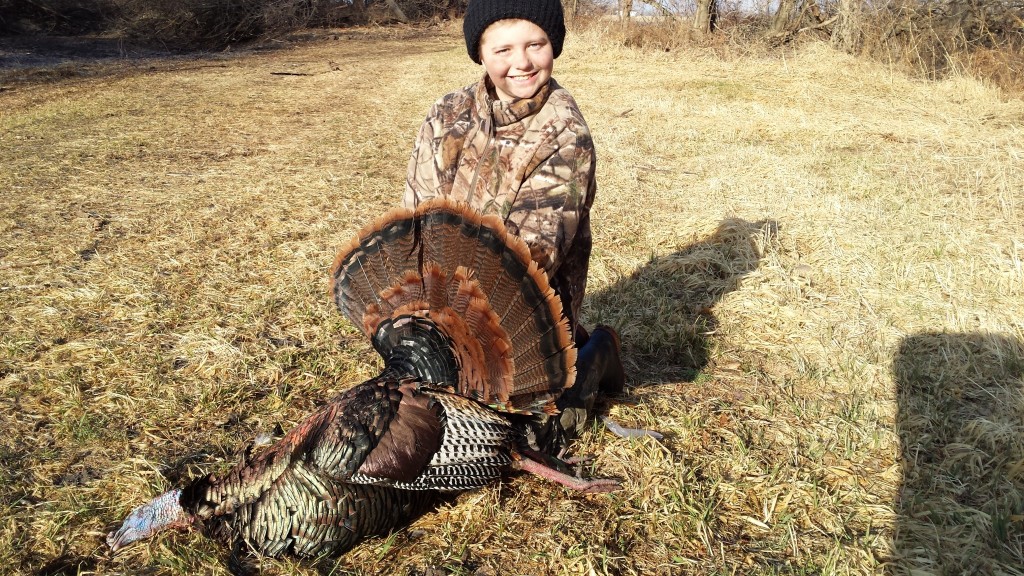
This time of year wild turkeys spend much of their time looking for food. So often the best place to start your search is around a turkey’s preferred food sources. Croplands are an easy target in most places and my experience has shown cornfields are often preferred. But always take note of active pastures where turkeys can find a warm meal by flipping over cowpies and locations that still provide easy access to acorns from white oaks. However not all feeding sites are created equal. Those that provide food along with early morning sunshine, protection from the wind and that sit near night roosting areas are much more attractive to the big birds. So, knowing where the flock likes to spend a cold night is very helpful.
For safety reasons wild turkeys begin spending nights above ground as soon as they can flutter – at about 2 weeks old. As the weather cools these night roosting areas can become more predictable. Roosting on the branches of a decent-sized tree tucked below the crest of a steep ridge keeps a turkey out of a freezing wind. In areas where evergreens are large enough turkeys may choose them over the bare limbs of a deciduous tree. Also, except for notable areas in western Nebraska and the Sandhills, turkeys generally choose to roost in areas with lots of trees over those with just a few. A quick walk through a suspected roosting sites in the middle of the day can confirm turkey usage – via an abundance of scat and feathers – without spooking turkeys out of the area. Once located be protective of night roosting areas to avoid having to find them all over again. Now it’s down to hunting strategy.
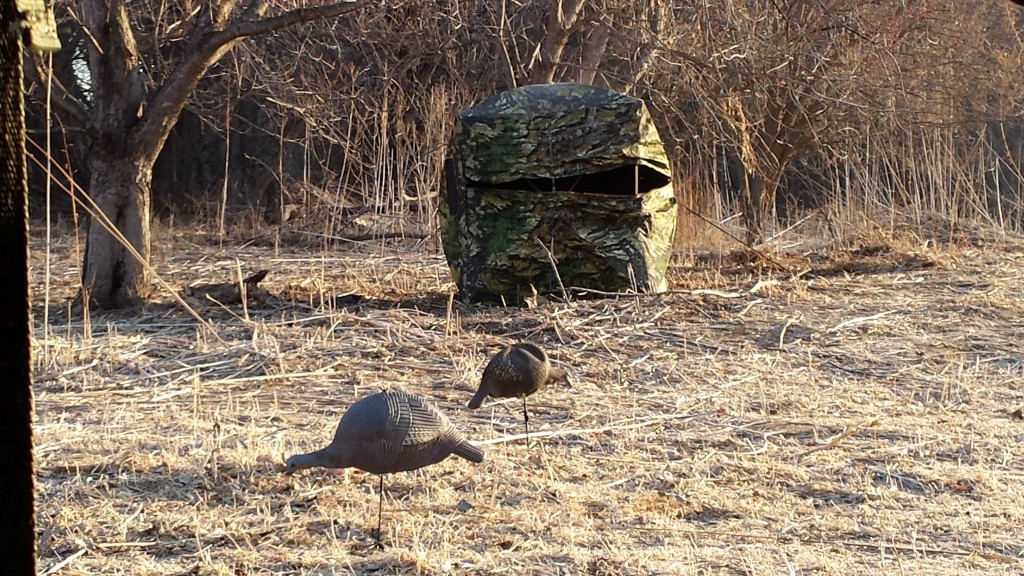
Fall turkey hunting strategy can be as simple or complex as you like. Find the roost and the morning feeding area and it can be as easy as setting up on the quickest route between the two. This may be in the feeding areas itself if the turkeys are flying to it directly from the roost. If you oversleep a bit, setting up an ambush on a trail that leads out of the feeding area can be effective. In the evening, hiding along trails back to roosting site can be good, too. If you happen to spook turkeys as you hunt them, there’s no need to quit the hunt. You can call back birds that got separated from the flock with a call using a “kee-kee” whistling sound. Some hunters actually prefer to use a birddog to bust up the flock like a covey of quail. They may “kee-kee” them back or, if the turkeys scatter out and land in a tall, grassy field, they can use the dog to walk them up just like a pheasant hunt.
Regardless of the turkey hunting tactic you use, be sure to identify your target, what’s beyond it and know where everyone in your turkey hunting party is located. The fun of chasing fall turkey may become your new Thanksgiving tradition.
hershy
 Nebraskaland Magazine
Nebraskaland Magazine
